1. Meet Sophie the Stegosaurus
Begin your journey by marvelling at one of the most complete Stegosaurus skeletons on display in Europe. Apart from a few replica bones here and there, it’s completely real. With our huge metallic globe in the background, it’s the perfect opportunity for an epic selfie.
Getting there: Once you’ve passed the donation points at our East Entrance on Exhibition Road, head up the stairs or take the lift up to our Earth Hall.


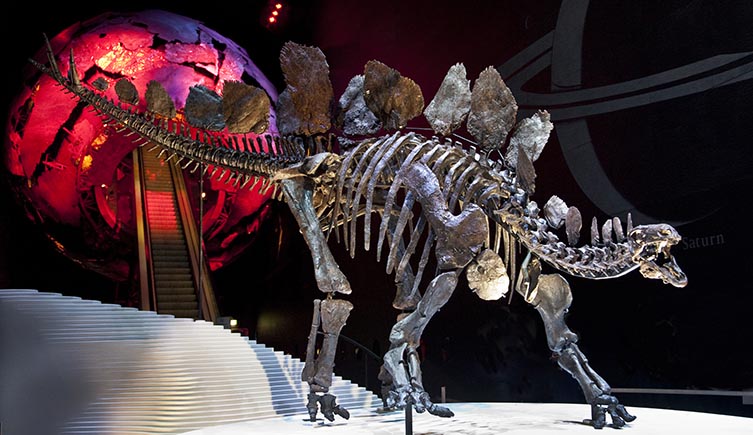
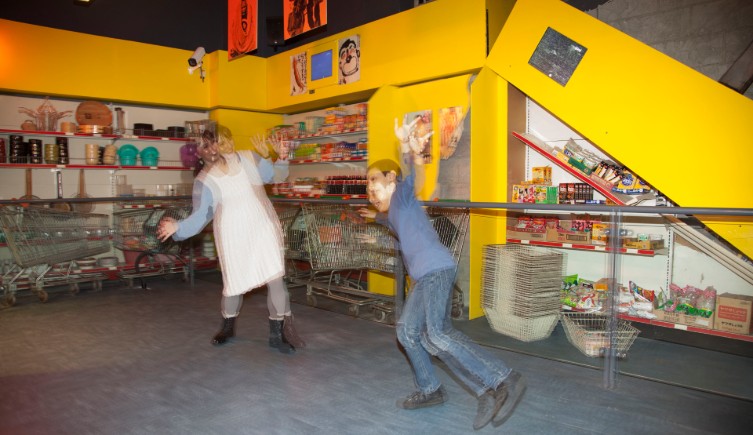
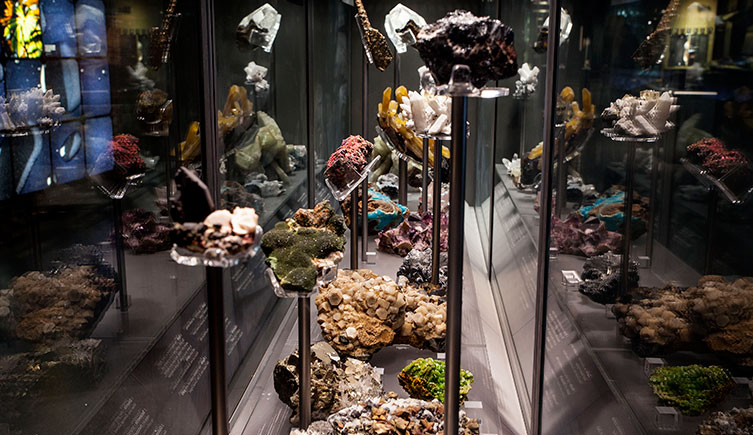
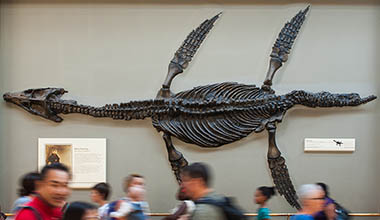
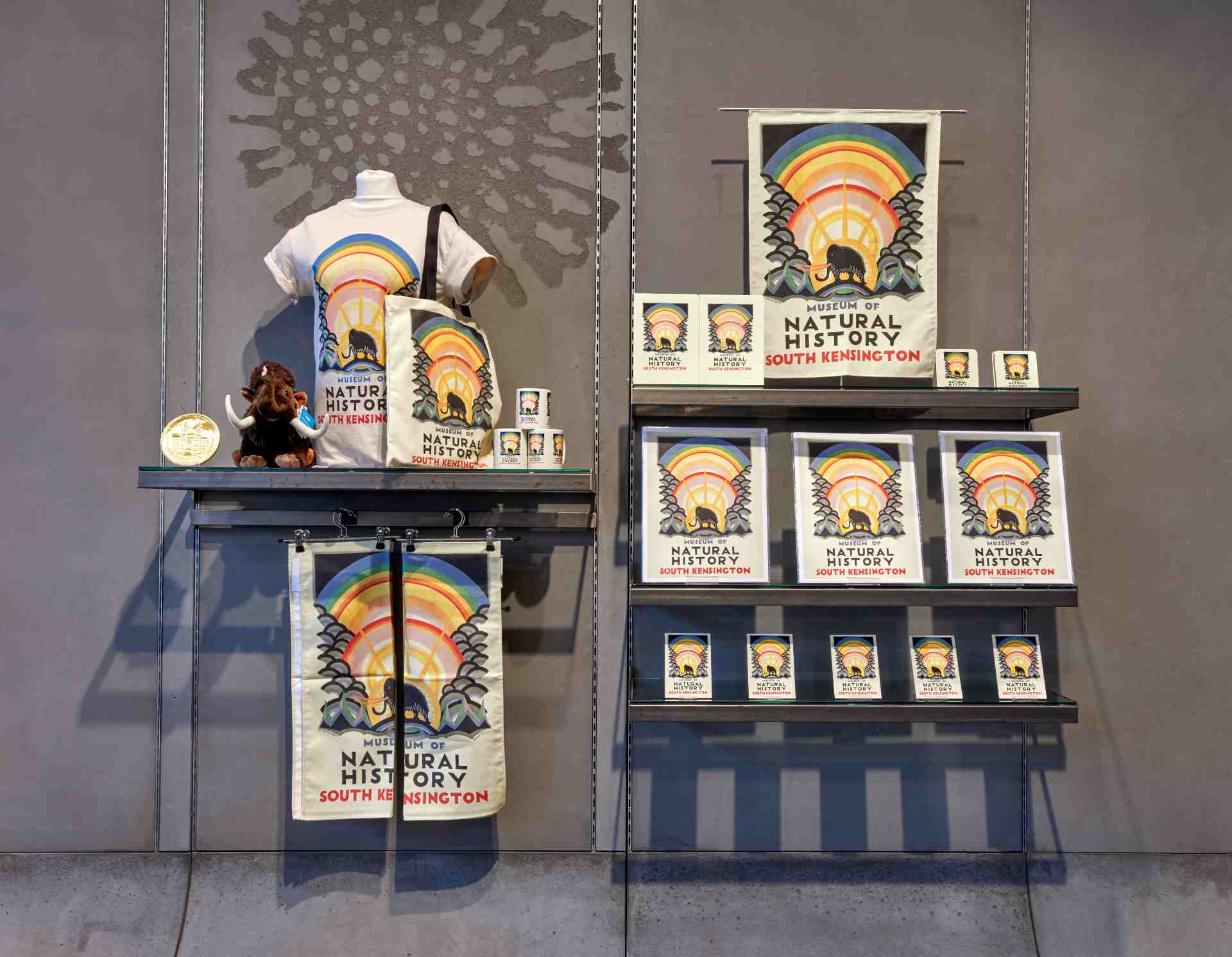


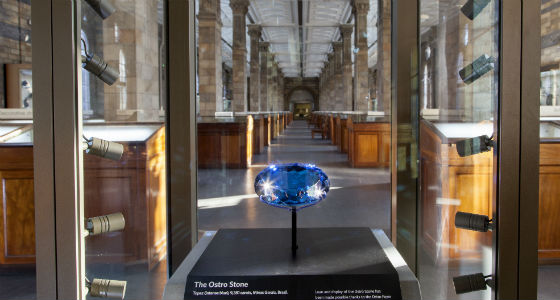
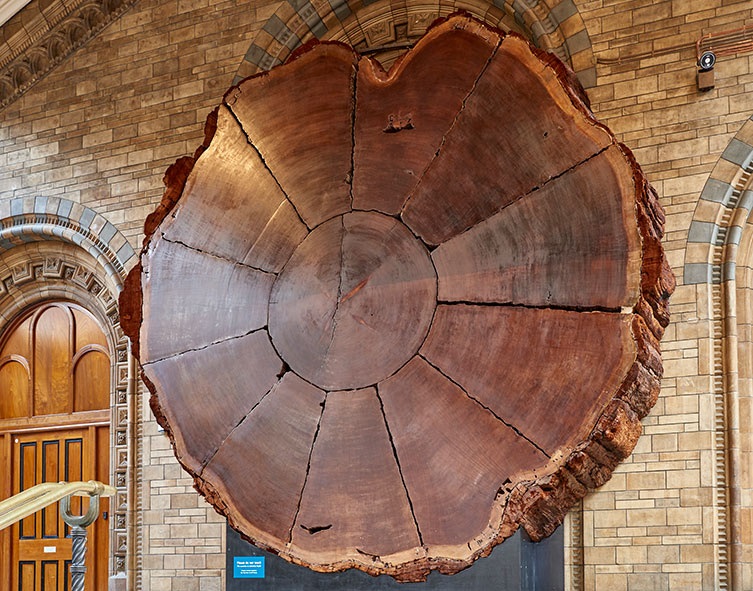
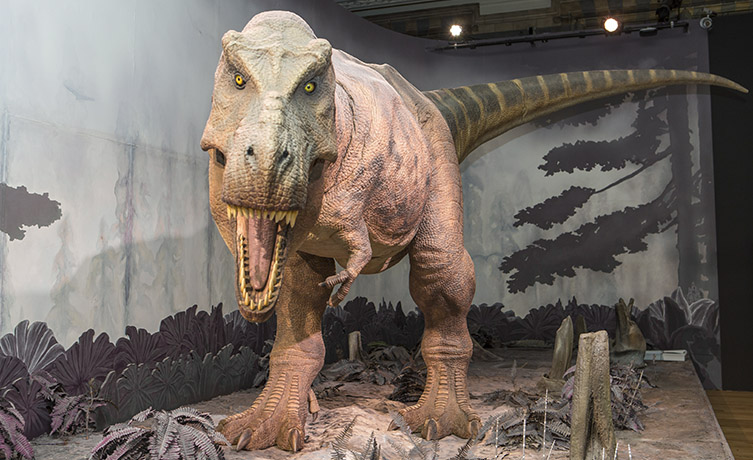
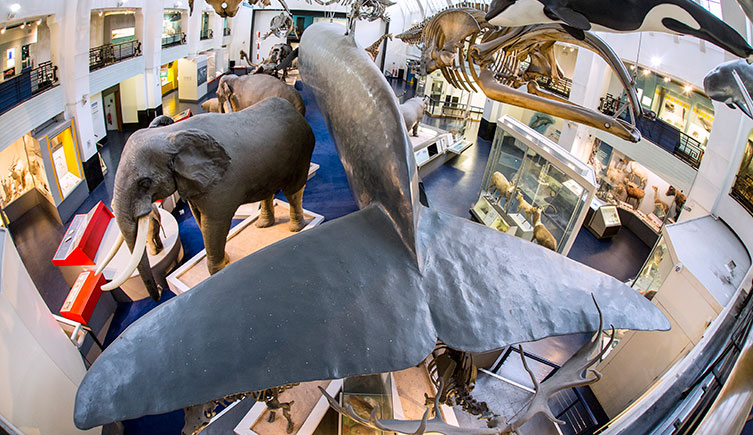
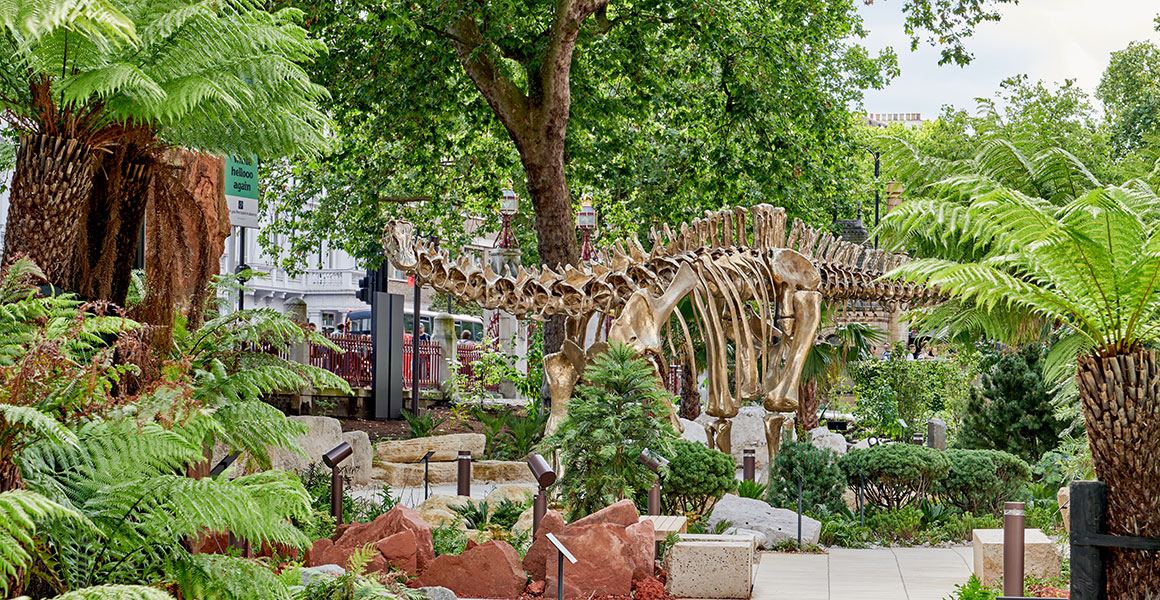
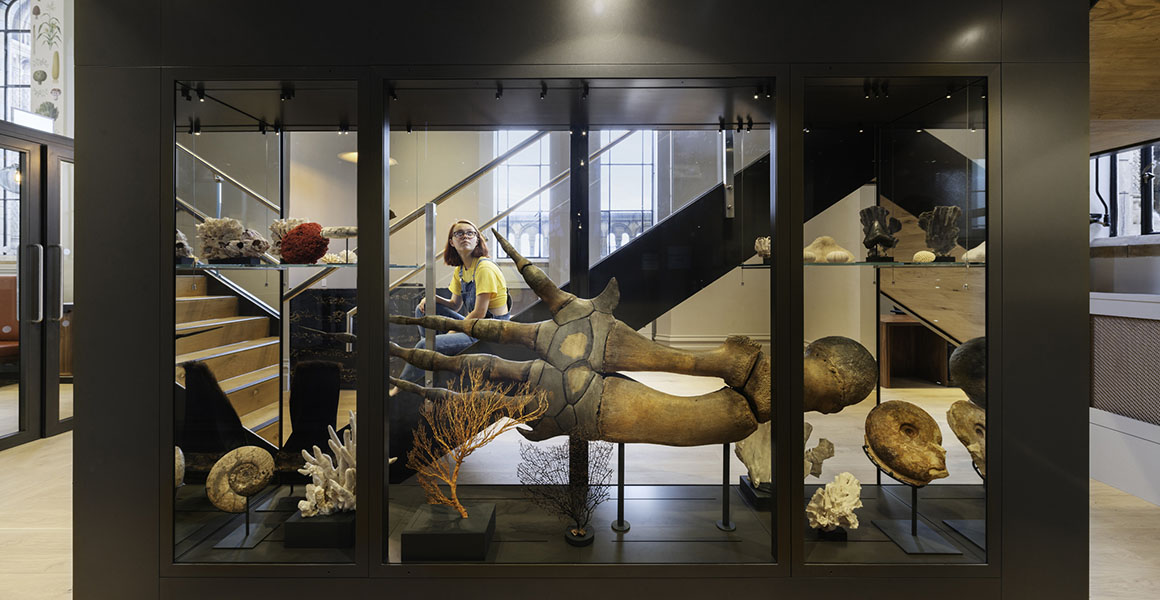

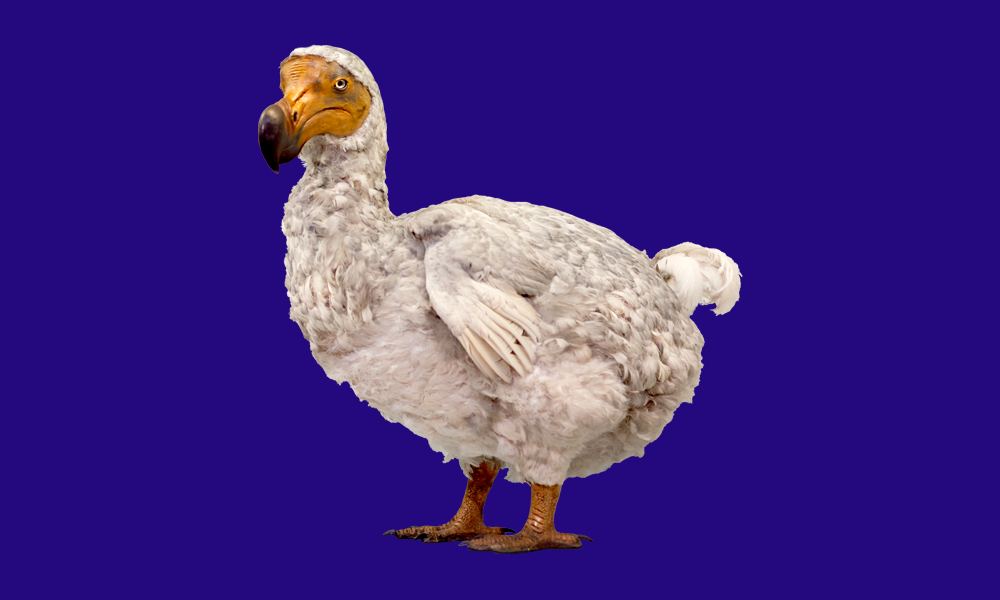

Don't miss a thing
Receive email updates about our news, science, exhibitions, events, products, services and fundraising activities. We may occasionally include third-party content from our corporate partners and other museums. We will not share your personal details with these third parties. You must be over the age of 13. Privacy notice.
Follow us on social media